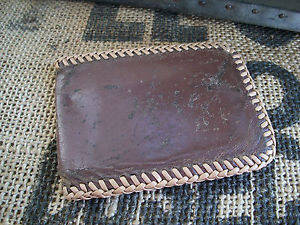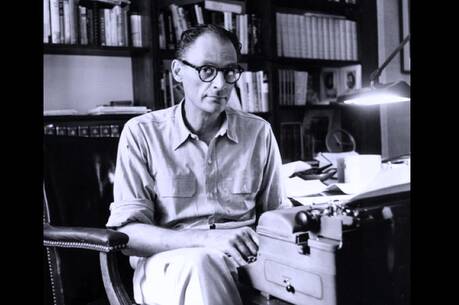Aunt Mary Edna was seventy-eight when she died. She had been married to my Uncle Lawrence fifty-nine years. He and I passed a few quiet moments after her death, talking about his love for her, the six daughters she had borne him, and their family life on the farm. Their first home was a sod house.
From his back pocket, he pulled out a bulging, well-worn billfold. Extracting an equally weathered picture of my Aunt Mary Edna, one I had never seen, he said, “This is her high school senior picture. She gave it to me when we were dating. There’s never been a day since then that I haven’t taken it out of my billfold and looked at it. She’s beautiful. Isn’t she?”
Ponder beauty for a moment. We might differ about where it’s to be found, but we all know it exists. Strange though, if one were nit-wit enough to accept “only what can be proven by science,” one would be a bit bewildered by beauty. Nothing is more real than the beautiful, yet there’s nothing to prove. One can’t test beauty, or even it point directly at it. One can only say, look at this. This is beautiful!
Beauty is one way to approach the mystery of God. If you know how to look, if your eyes and ears are opened by grace—as Isaiah said that God alone can do—you can see beauty in the world. Indeed, some of the saints insisted that, infused with grace, you’d see everything in the world as beautiful. You still wouldn’t be able to prove beauty, but no one could convince you that haven’t seen beauty, that it doesn’t exist.
That’s how we recognize God in the world. God isn’t one more thing in the world. Yet when we look about us, we see God in beauty. We’re drawn to it as though we were made for it, as indeed we were. We’re a bit like Romeo, the first time he laid eyes on Juliet. He declared,
Romeo lathers it on more than my Uncle Lawrence, but the sentiment’s the same. To see beauty is to come alive, to know why one’s been born.
There was a time when we preached the necessity to fear God: God created us, God has expectations of us, and woe to us if we fail to meet them. There’s nothing untrue in that. To lose God—who simply is beauty, truth, love—would be lose everything. If it makes more sense, turn the sentence around and say, “If you turn away from beauty, truth, and love, you’ve lost what we mean by God.” One can say the same of sin. It’s losing sight of beauty. It robs us of the ability to see the beautiful.
The problem with approaching God by way of dread is that you’re asking people to fear something that can’t be proven, that they can’t see anywhere in the world. When the world was a much harsher place and life much shorter than either are today, it might have made sense to scare folk into love of God. Now we’d do better to woo them with beauty. It’s not that we use beauty to bewilder them. We simply say, if you’ve been bewitched by beauty, you’ve already met God, even if you didn’t realize it.
We used to stress (rightly) that to miss Mass was a grave sin. We ought to work harder to make Mass something gracious and beautiful.
To look upon Christ, to consider and to comprehend his story, is to be bewitched by beauty. Listen to Saint Augustine bulleting the beguiling paradox of Christ:
One might say—and it would sound like a lover simpering, but it would be correct: Christ is too beautiful not to be true.
My Uncle Lawrence knew what he saw. So did Romeo and Augustine. The one who has seen beauty has seen God. Eyes have been opened and we cannot but lament, in the agony of desire, “Late have I loved you, O Beauty ever ancient, ever new, late have I loved you!” (Confessions X.27.38)
Isaiah 35: 4-7a James 2: 1-5 Mark 7: 31-37








